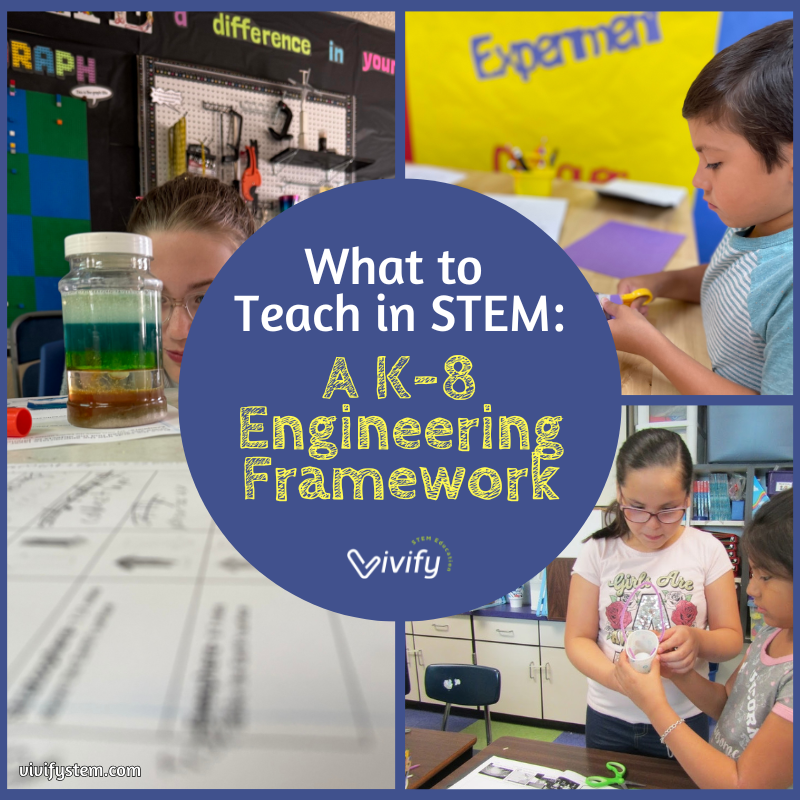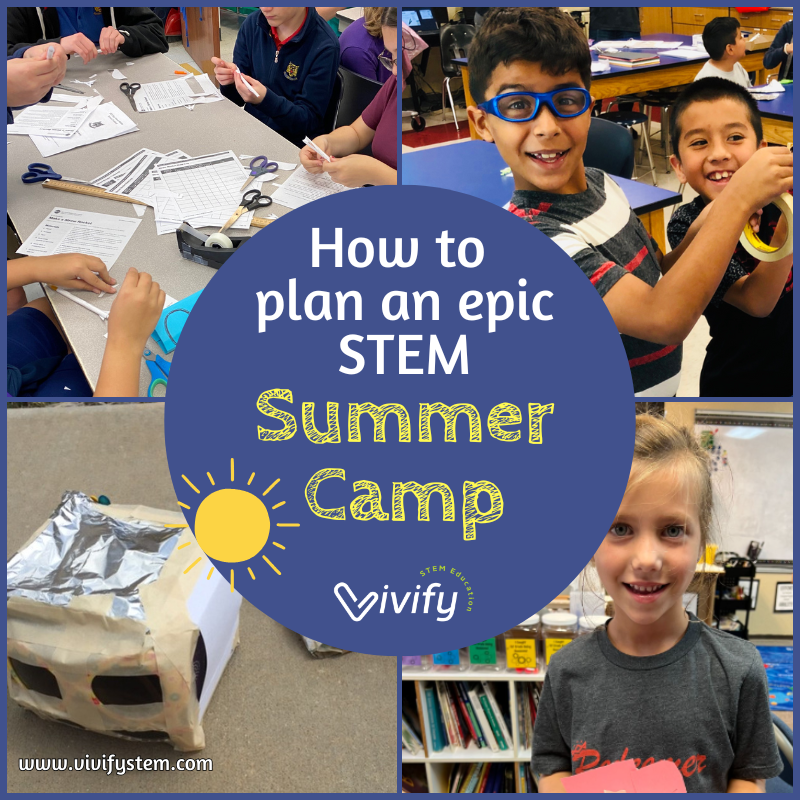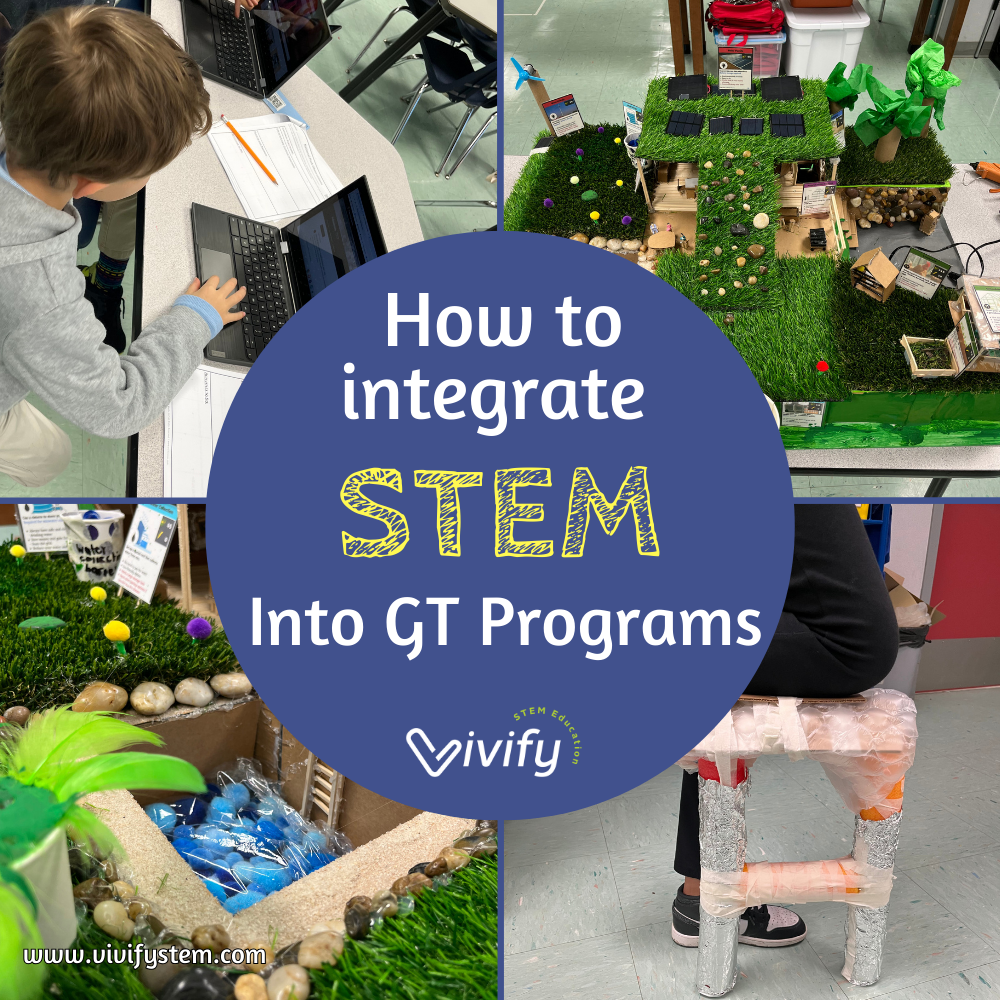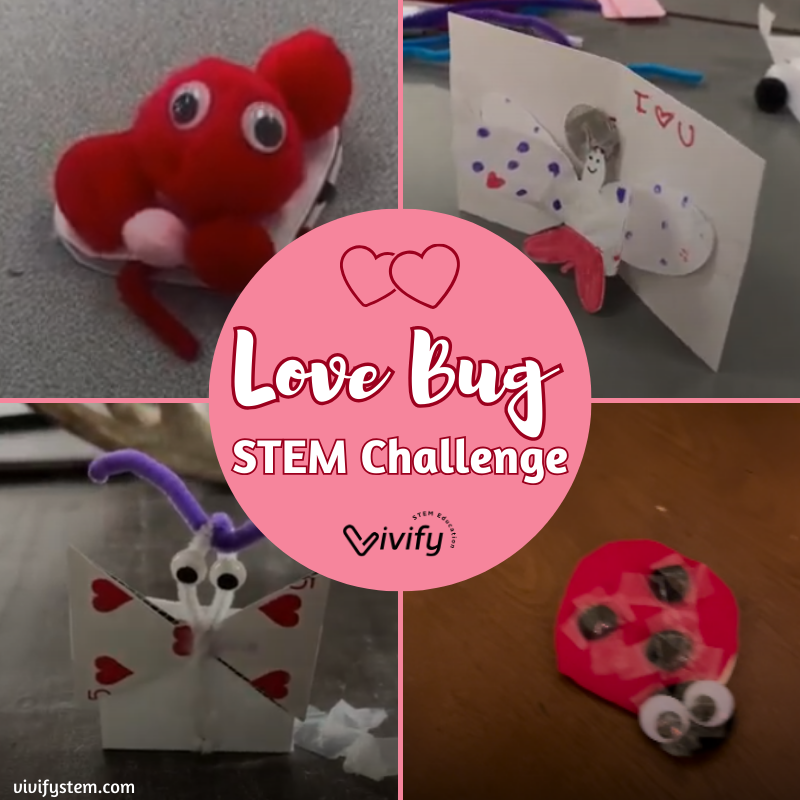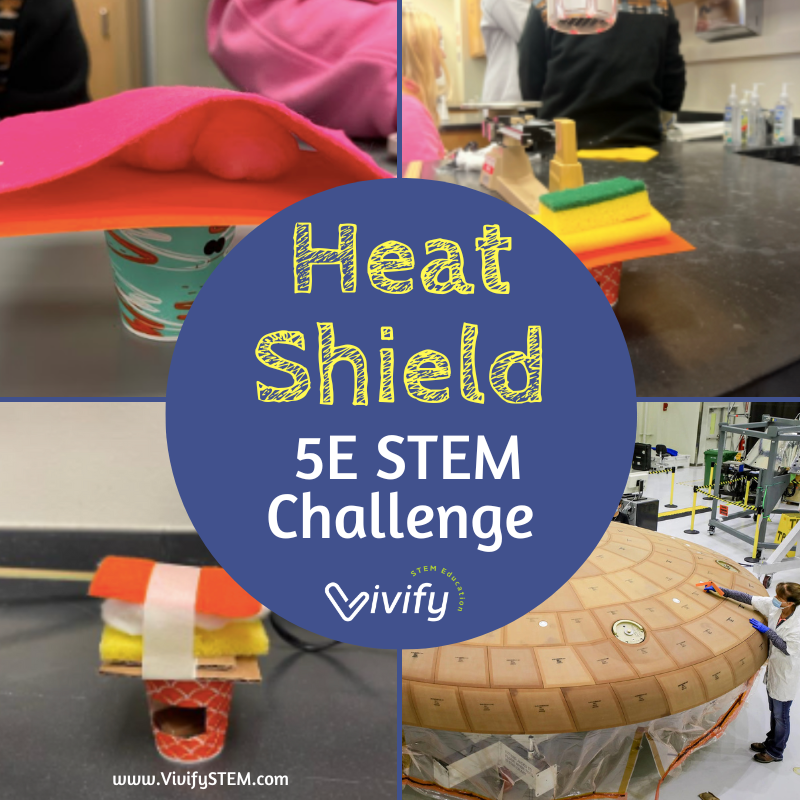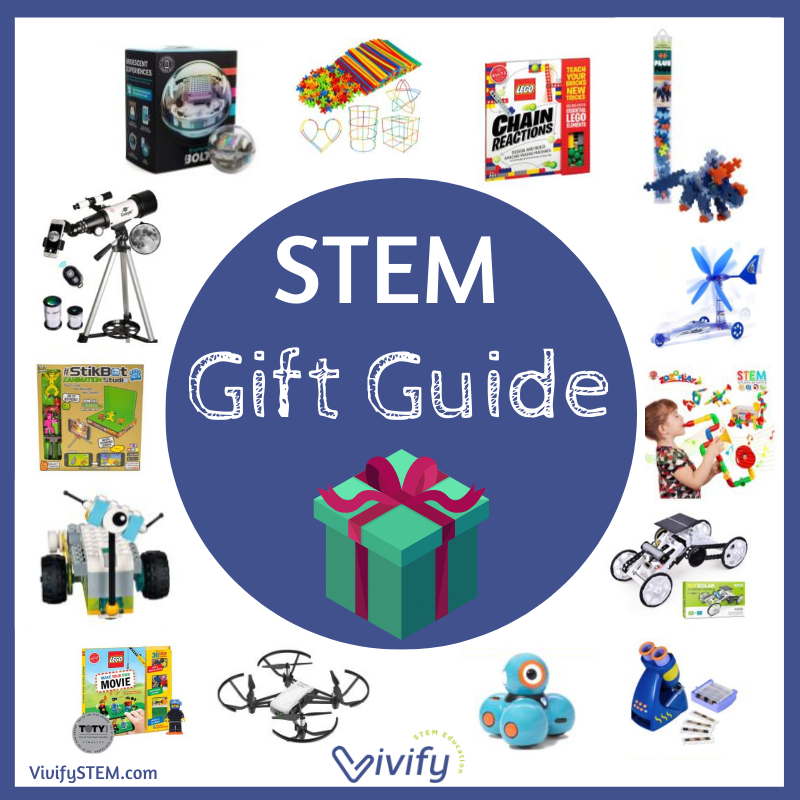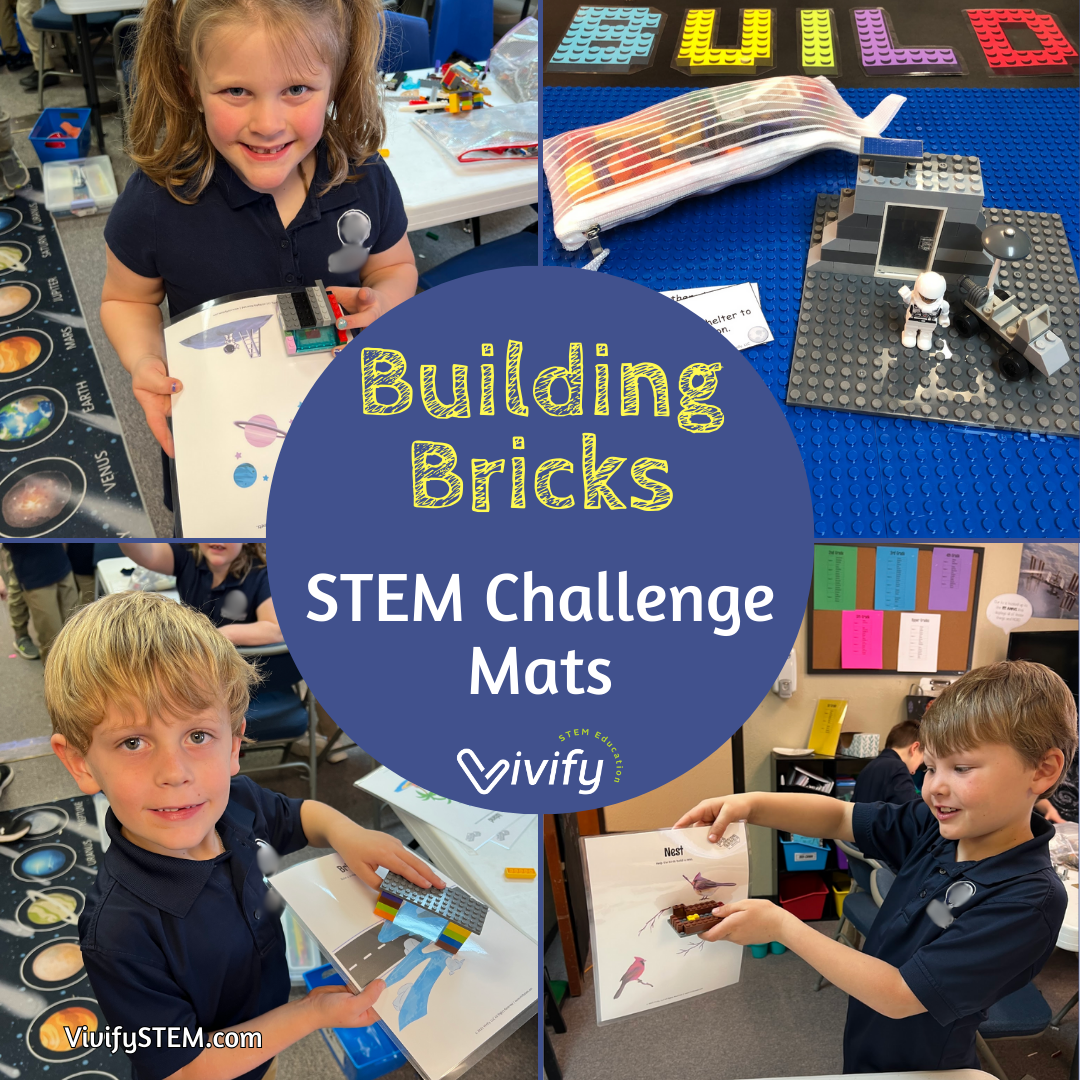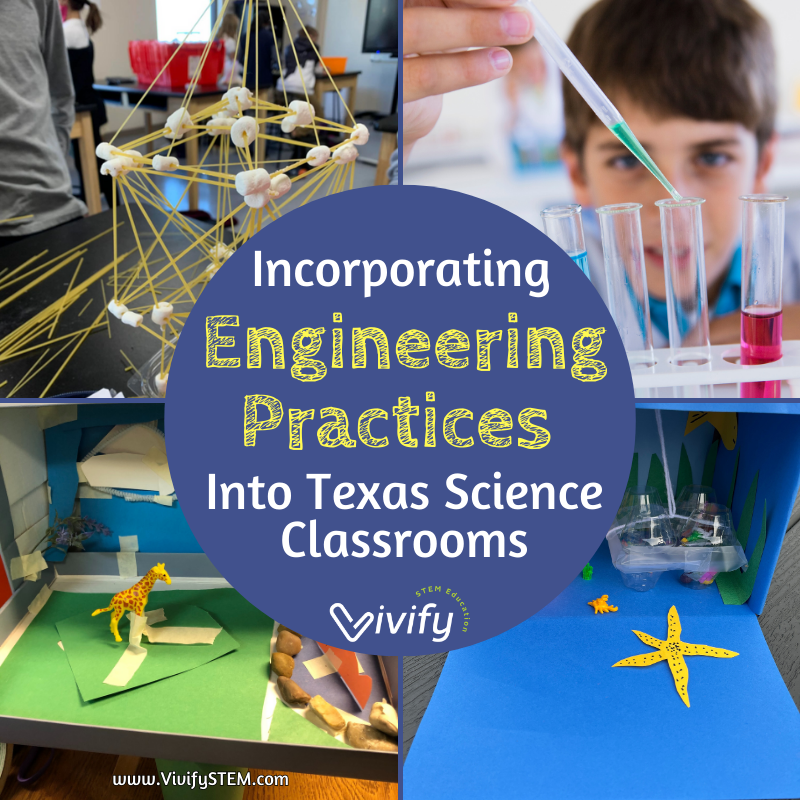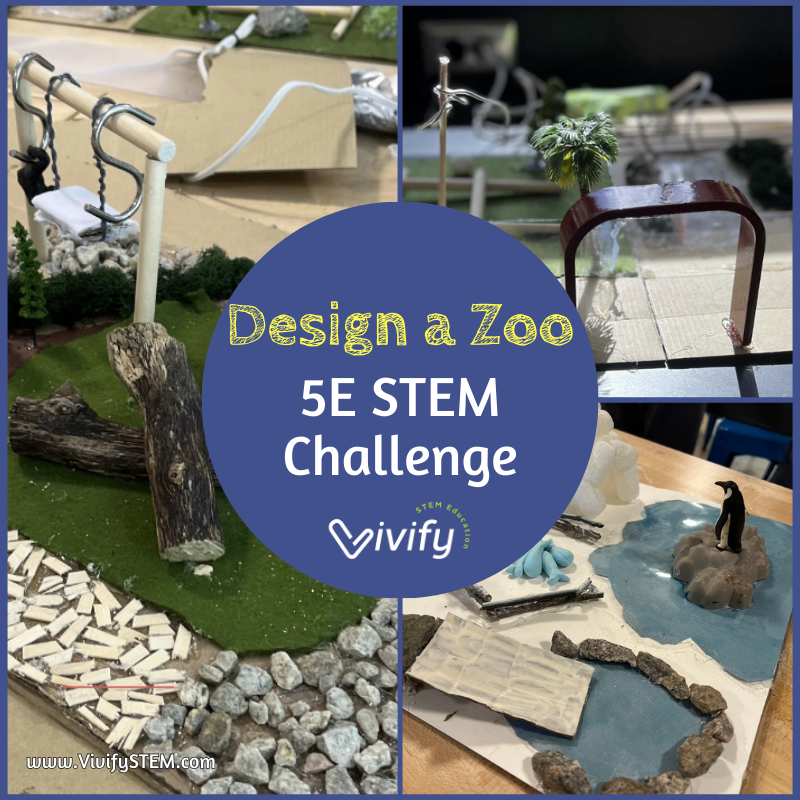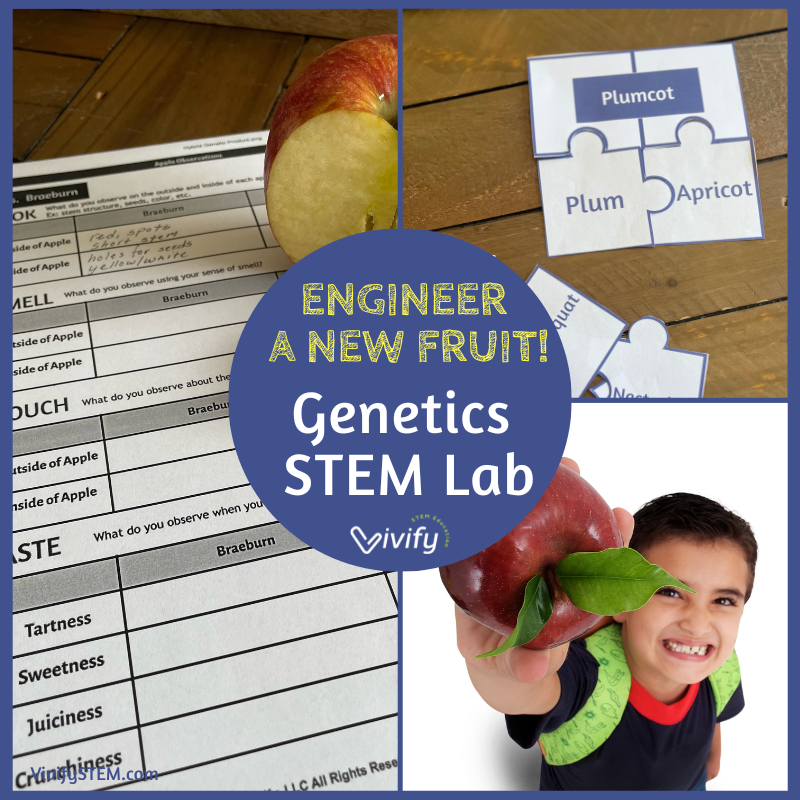
Vivify STEM Blog
Welcome to the Vivify STEM Blog—your go-to resource for hands-on STEM activities, creative lesson plans, and expert insights! Whether you're an educator, parent, or STEM enthusiast, this is the place to find inspiration for sparking curiosity and innovation in young learners. Join the Vivify STEM team as we share practical tips and ideas drawn from our own classrooms, afterschool clubs, and parenting journeys!
Click on a category below to get started, or scroll for all blog posts.
Read the Latest Post from the Vivify Team!
Featured
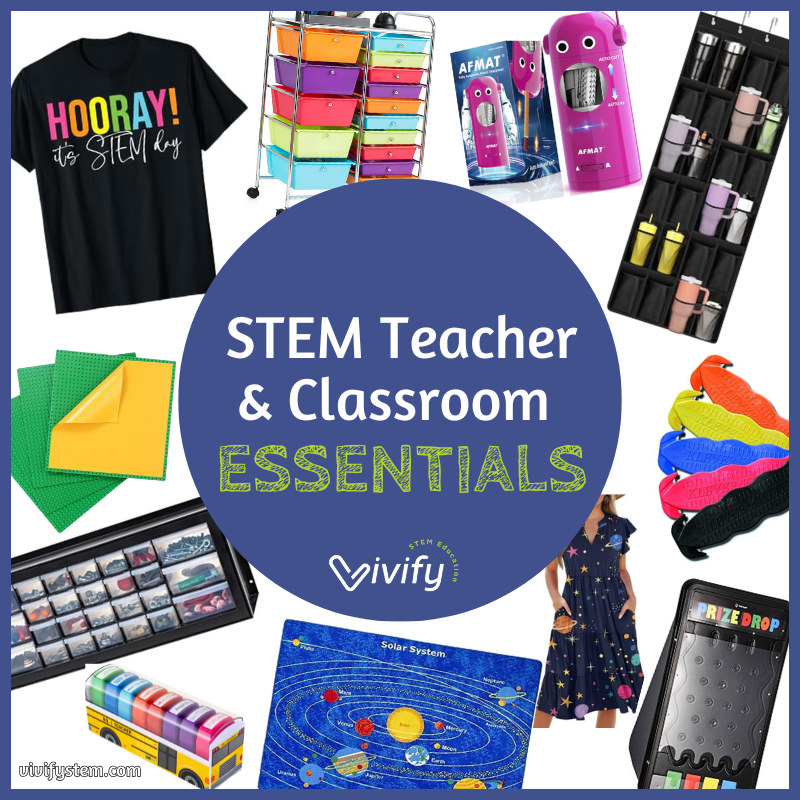
STEM Teacher & Classroom Essentials











